November 1, 2024 | 05:41 GMT +7
November 1, 2024 | 05:41 GMT +7
Hotline: 0913.378.918
November 1, 2024 | 05:41 GMT +7
Hotline: 0913.378.918
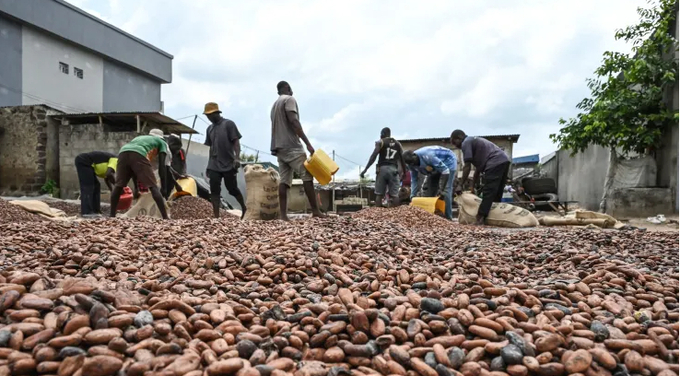
Workers collect dry cocoa beans in front of the store of a cocoa cooperative in the village of Hermankono on Nov. 14, 2023.
Soft commodities have posted huge gains year-to-date.
Futures contracts on orange juice, cocoa, coffee and sugar have soared in part because of extreme weather and supply concerns related to El Niño.
“You can say El Niño has a sweet tooth because it sort of eats or takes away much of the sugar in the world,” Carlos Mera, head of agri commodities market research at Netherlands-based Rabobank, told CNBC.
“Sugar prices have probably already been passed on [to consumers] but certainly for chocolate we should expect a big increase at retail level — and El Niño is certainly something to watch.”
The El Niño phenomenon, which returned earlier this year, is a naturally occurring climate pattern that takes place when sea temperatures in the eastern Pacific rise 0.5 degrees Celsius above the long-term average. It can pave the way to more storms and droughts.
The effects of El Niño tend to peak during December, but the impact typically takes time to spread across the globe. This lagged effect is why forecasters believe 2024 could be the first year that humanity surpasses a critical warming threshold.
El Niño-related dryness in much of Southeast Asia, India, Australia and parts of Africa has supported a price rally for soft commodities such as sugar, coffee and cocoa this year, Rabobank said in its annual outlook for 2024.
The Dutch bank broadly expects global food price inflation to fall sharply after years of soaring prices.
It also warned that several crops could be adversely affected by El Niño early next year, while acknowledging there is the potential for some crops to benefit, citing those in the United States, southern Brazil and Argentina.
Orange juice futures climbed a whopping 80% in 2023, hitting an all-time high in late November after hurricanes and disease devastated citrus crops in Florida.
“Occasionally, these markets exceed our wildest expectations. Did anyone predict $4.00 orange juice? The profit potential from this trade is staggering,” trader Dave Reiter of Reiter Capital Investments LLC said on Oct. 30 via X, formerly known as Twitter.
Reiter has since warned that the eventual crash in the price of orange juice “will be one for the record books.”
The price of cocoa, a vital ingredient for chocolate, jumped 64% this year to notch 46-year highs as West African supplies were hit hard by heavy rains and amid issues such as fungal disease.
The robusta coffee variety on Dec. 15 hit its highest level in 15 years, while sugar prices have risen 13% in 2023 even after paring gains since registering a 12-year peak in September.
Rabobank’s Mera said there is a “very clear” relationship between El Niño and higher sugar prices because the weather pattern tends to make conditions in major sugar exporting countries such as Thailand, India and Australia drier than normal.
For cocoa, Mera said the impact of El Niño is likely to be “much weaker.” He added that the mechanics of the cocoa market means higher chocolate prices are not likely to immediately weaken demand or even incentivize production.
“The cocoa industry is characterized by a lot of forward selling in part because of how cocoa is traded [in the Ivory Coast and Ghana],” Mera said, referring to the world’s two largest cocoa producers.
“For example, they tend to sell the crop a year in advance. That means that the chocolate that you buy in the supermarket has probably been bought at a much lower price a year ago,” he added.
“I’m surprised that cocoa is so much higher and that is not felt by the consumers just yet,” Mera said. “It will be — that cost will be passed to consumers at some point in 2024.”
(CNBC)

(VAN) One contentious proposal seeks to impose 1% levy on returns from products made using genetic data.
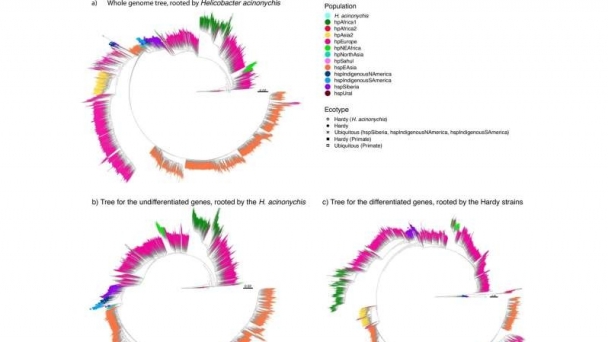
(VAN) In a study published in Nature, a team has uncovered new new details about the long association between humans and our stomach bacteria.
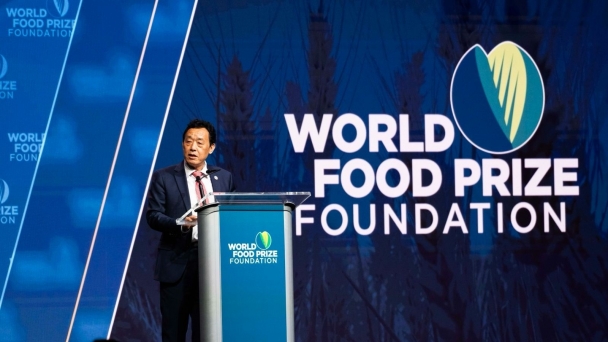
(VAN) At World Food Prize 2024, FAO Director-General champions ways science and innovation can contribute to transforming agrifood systems and bring people and cultures closer together.
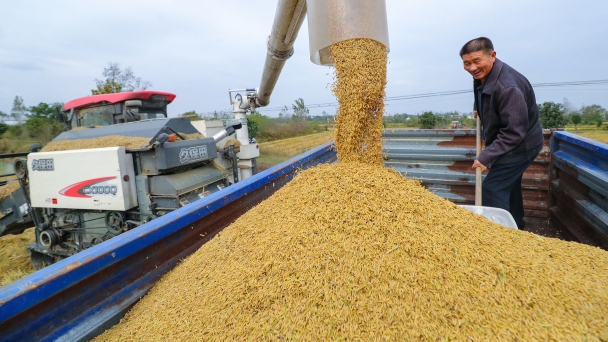
(VAN) Harvesting is nearing completion in the major Chinese agricultural provinces of Heilongjiang, Henan and Hunan, with a bumper grain harvest expected despite extreme weather that caused multiple natural disasters, affecting crop growth.

(VAN) The first cargo ships that would be powered by ammonia are set to enter service in 2026.
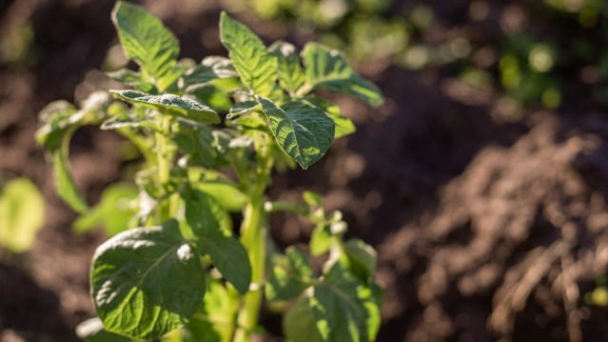
(VAN) All around the world, the overheating of our planet means that farmers are struggling to grow crops that have long thrived in their regions.
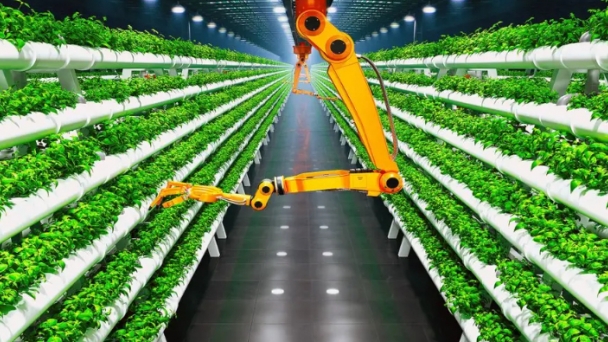
(VAN)Photosynthesis is the foundation of all life on Earth, and the reason that we exist. However, because its efficiency rate of converting light energy into chemical energy is only 1%, there’s room for improvement.